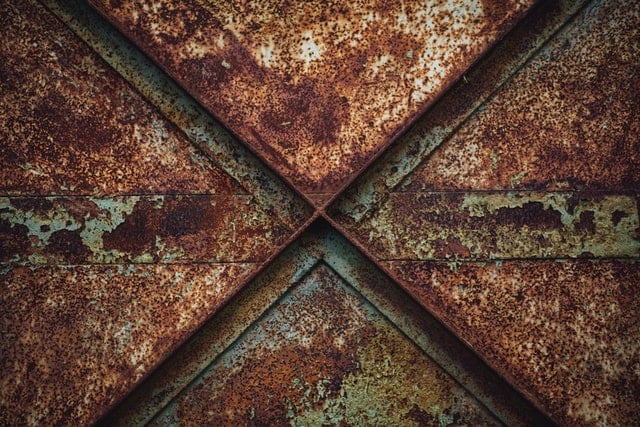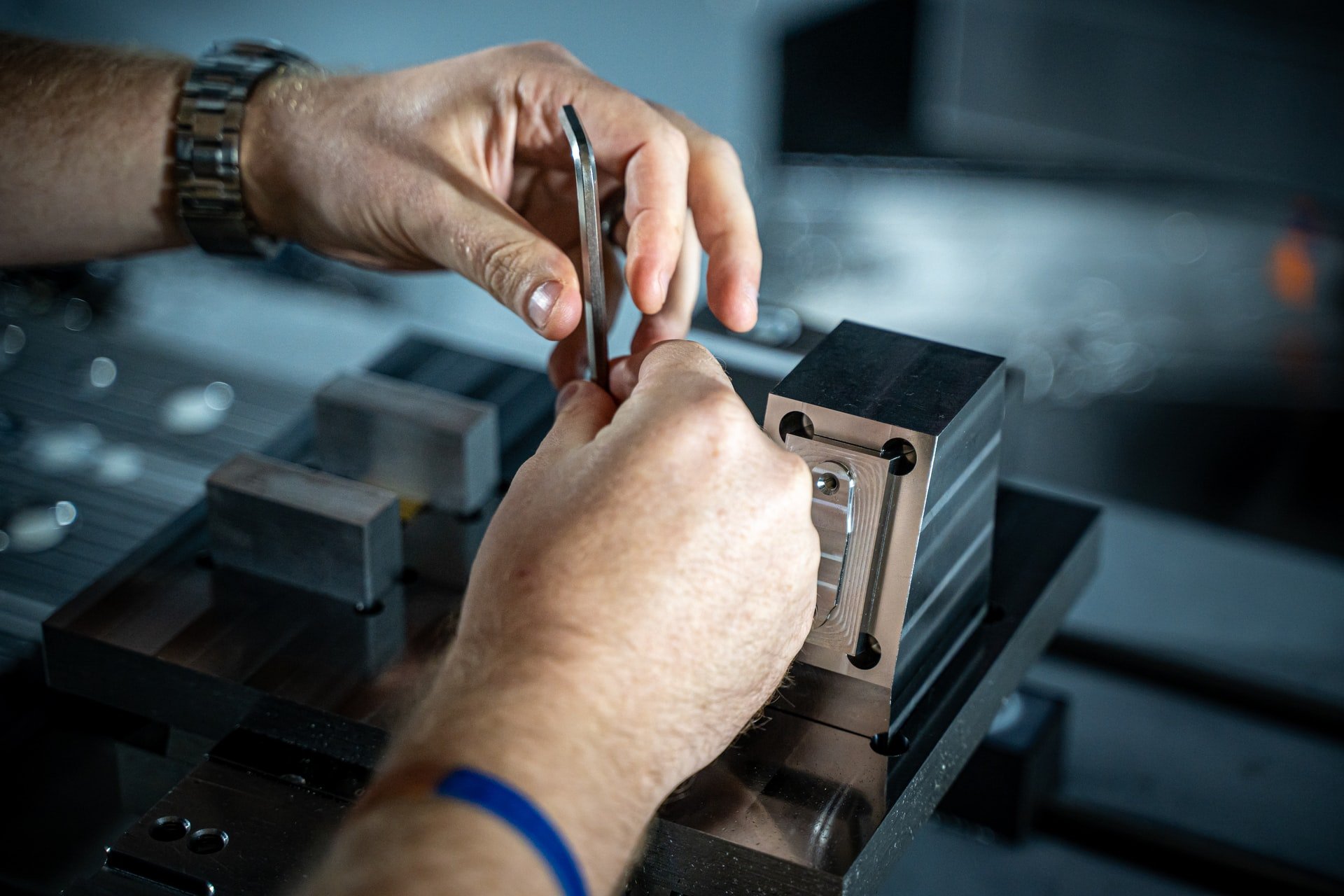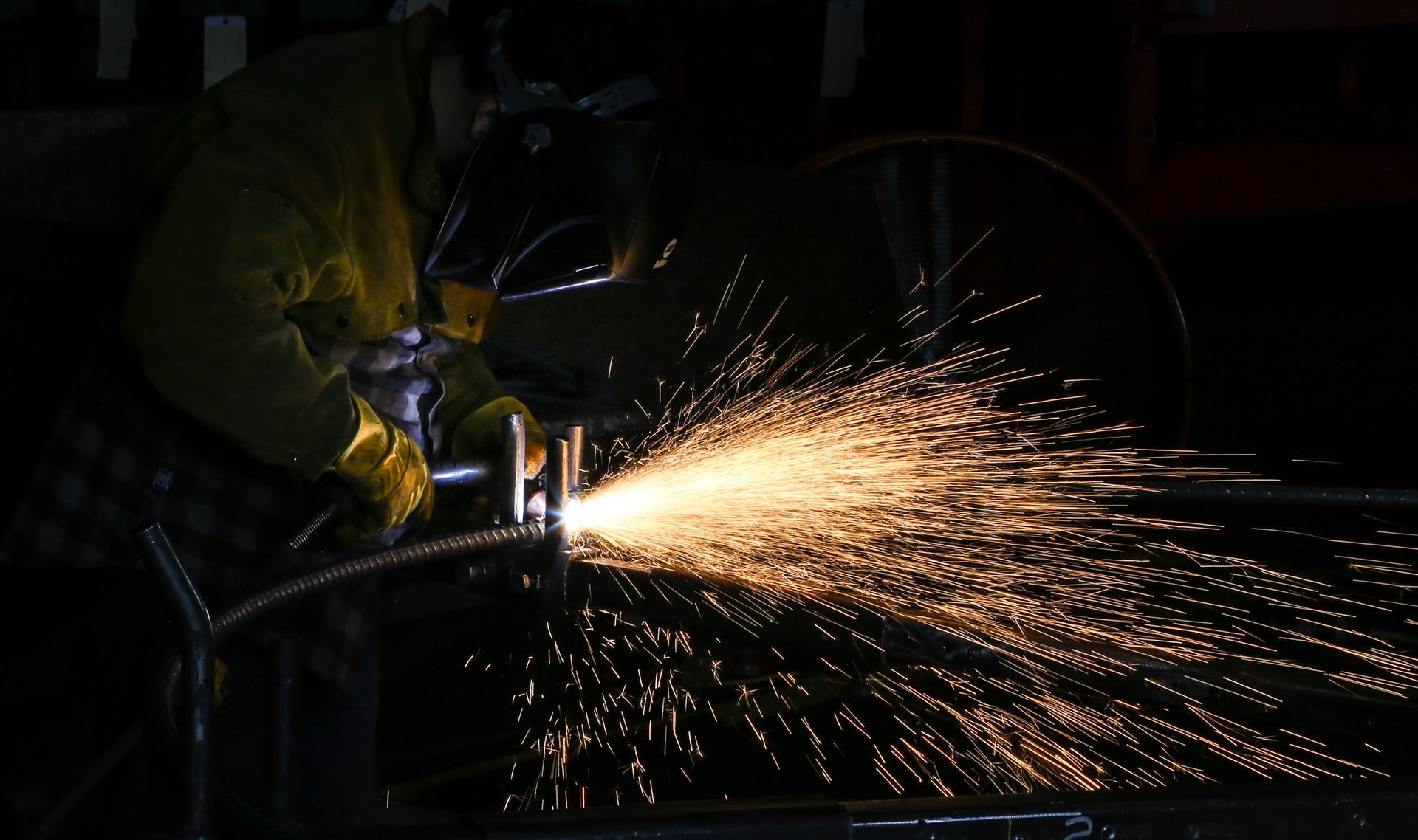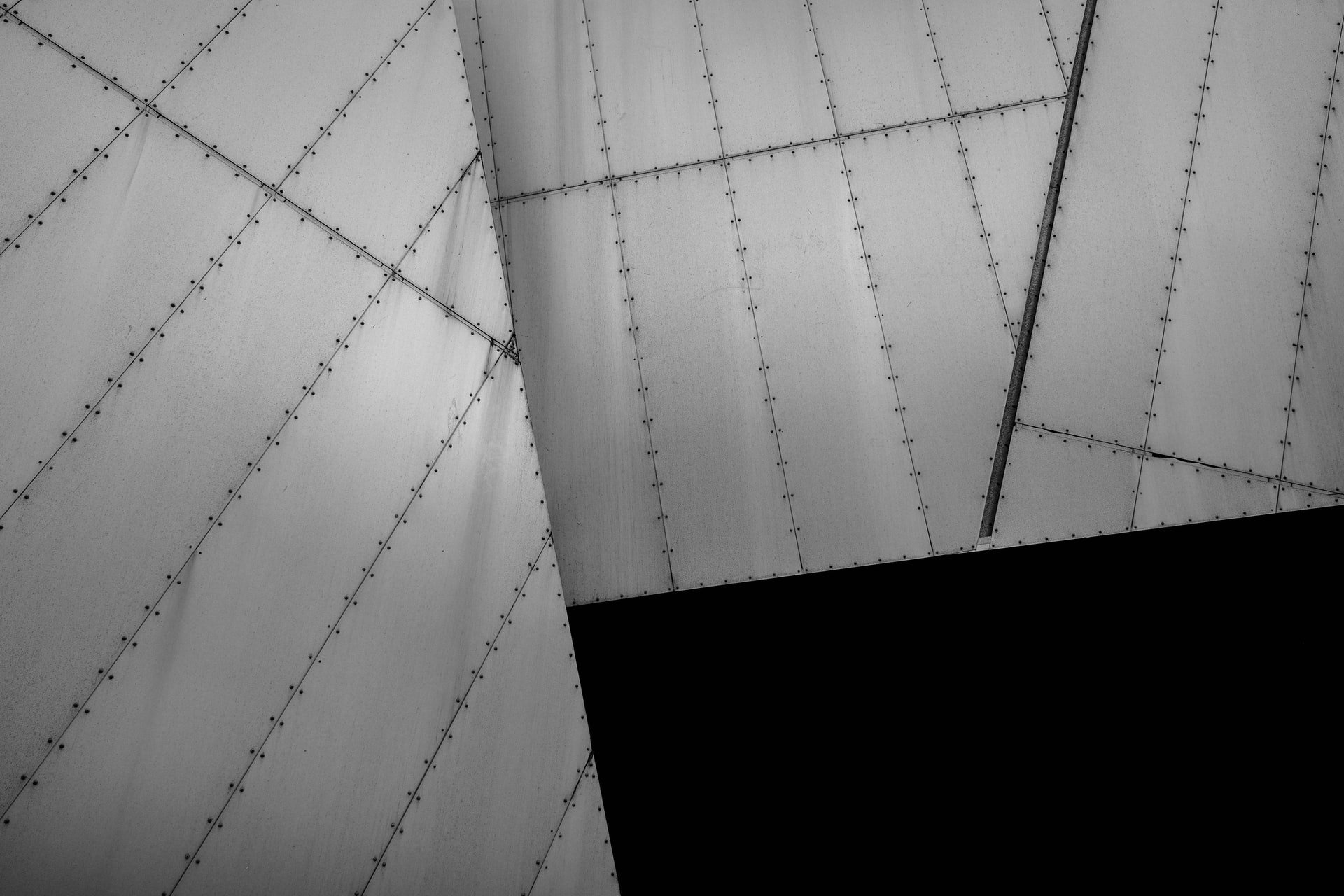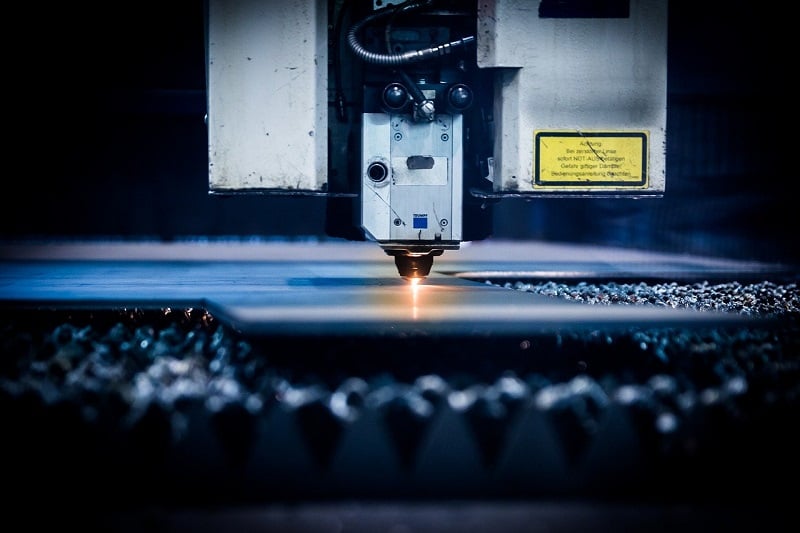
Plasma cutting is a high-tech cutting method that uses an ionised, focused jet of gas to slice through thin sheet metal. An internal, high-voltage electrode in the cutter rapidly heats a compound gas mixture to over 20,000 centigrade when switched on. Shielding gas is used as a propellant and barrier to focus and move the induced plasma from the ionisation chamber. The ionised, superheated, concentrated beam of plasma then melts and blasts any metal it touches. A clean, sealed cut is made each time.  Plasma can be safely used with most non-ferrous metals, most commonly sheet-pressed steel that's under one inch thick. Plasma cutters can be found attached to portable kits, fixed stations, and robotic arms. Plasma is used in light and heavy industry wherever quick, accurate, and precise cuts of flat, pliable metal are needed.
Plasma can be safely used with most non-ferrous metals, most commonly sheet-pressed steel that's under one inch thick. Plasma cutters can be found attached to portable kits, fixed stations, and robotic arms. Plasma is used in light and heavy industry wherever quick, accurate, and precise cuts of flat, pliable metal are needed.
Advantages
Plasma cutting offers great portability. The cutter itself can be miniaturised to the point of being a handheld device and can be easily transferred between worksites. It's very easy for new employees to learn how to use a plasma cutting torch, too.
- Curves, odd shapes, and multiple intersecting cuts can all be drawn by a precise beam. Plasma torches can be guided as precisely as you'd draw a line with a pencil, piloted by either manual or computer-aided control.
- Plasma cutters also cut quickly and efficiently. Plasma takes one-fourth of the time of most similar techniques to make a clean break in a piece of workable metal. Fast process times also minimise the risk of metal abrasion, cuts made in error, or distortion.
- Plasma cutting is versatile and compatible with a wide range of materials. These include copper, titanium, steel, iron, and alloys. Plasma cutting is also cost and energy-efficient, offering a 1:2 ratio per cut over oxygen cutting.
- Plasma equipment is considered to be better value for money, as well. Plasma torches are low-maintenance, rarely requiring replacement.
- Plasma cutting also relies on inert gases, making it much safer to use than oxygen-based cutting. Oxy-fuel carries a significant risk of explosion or accidental ignition while in use or storage. Conversely, plasma cutting gas is only converted into a superheated jet of plasma while the torch is actually in use.
Disadvantages
Unfortunately, plasma cutting does have a few drawbacks.
- Most plasma cutters aren't useful for thicker or denser metals. The fleeting nature of plasma limits their range to a depth of about one inch. If you're looking to cut through giant steel pillars or blocks you may have to fall back on traditional industrial sawing or melting.
- While it limits ambient heat, plasma cutting is noisy and generates excess fumes. Make sure that all plasma cutting takes place in an open, ventilated workshop.
- Plasma is also infamous for creating very bright flashes while the cutting is ongoing. Make sure that all employees near the plasma cutter, or using it, are issued with safety guidance and suitable eye protection.
- While it's cheaper per cut than Oxy-fuel, plasma cutting can still incur significant costs. Electrodes can be expensive to source and replace if the machine breaks down. Likewise, you may have to pay for a specialist gas supplier. If you don't have specialist equipment on site it can be very difficult to fabricate the plasma mix needed.
Plasma Cutting At GLW
At GLW, we offer pre-prepared plasma cutting alongside an array of material fabrication, treatment, and conditioning services suitable for any industrial plan or project. Call or email us today to find out what we can do for you with plasma.
Image source: Pixabay






